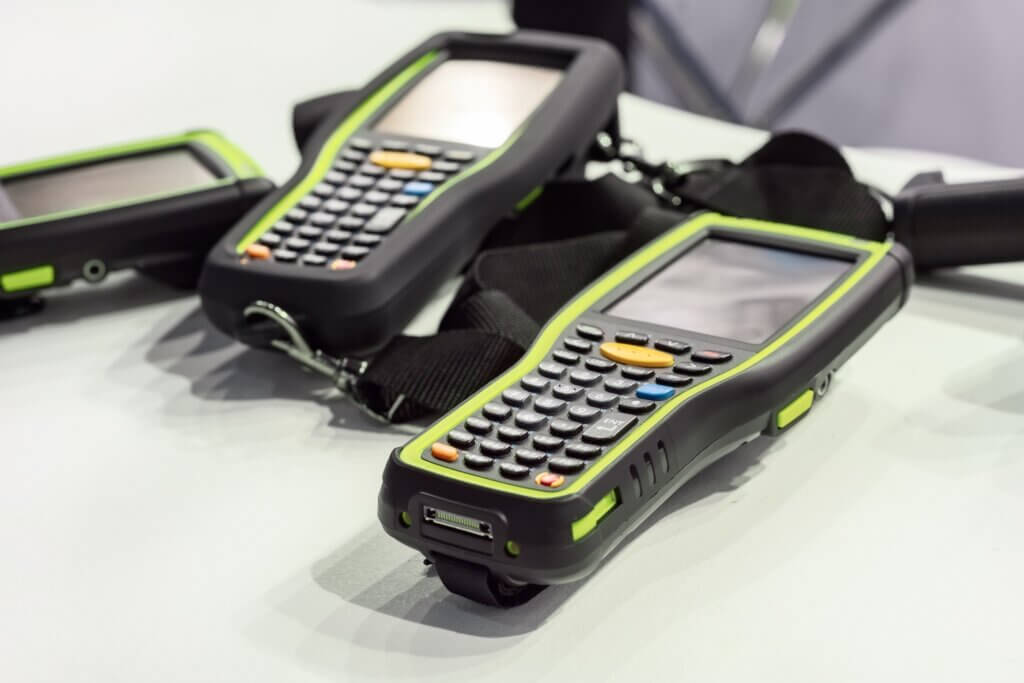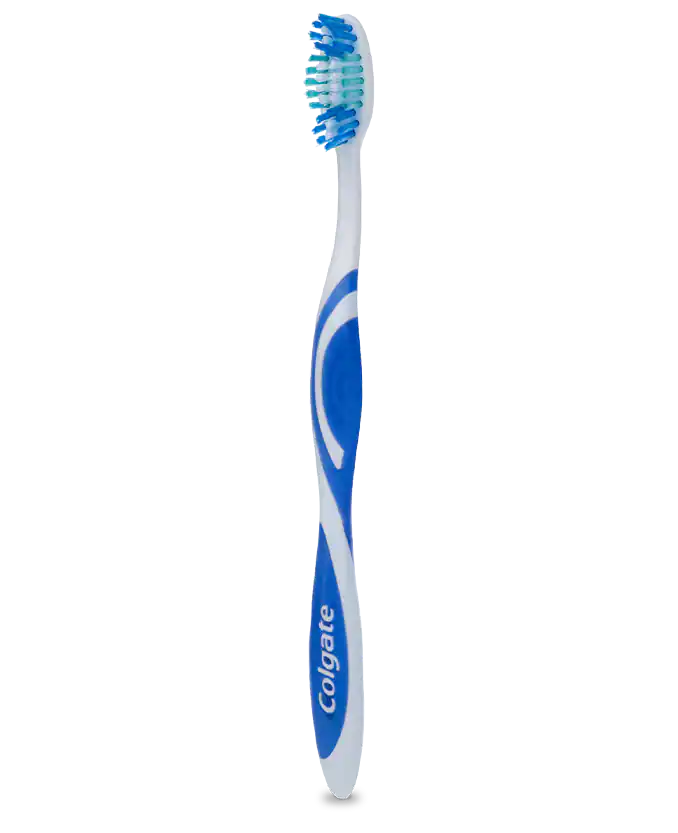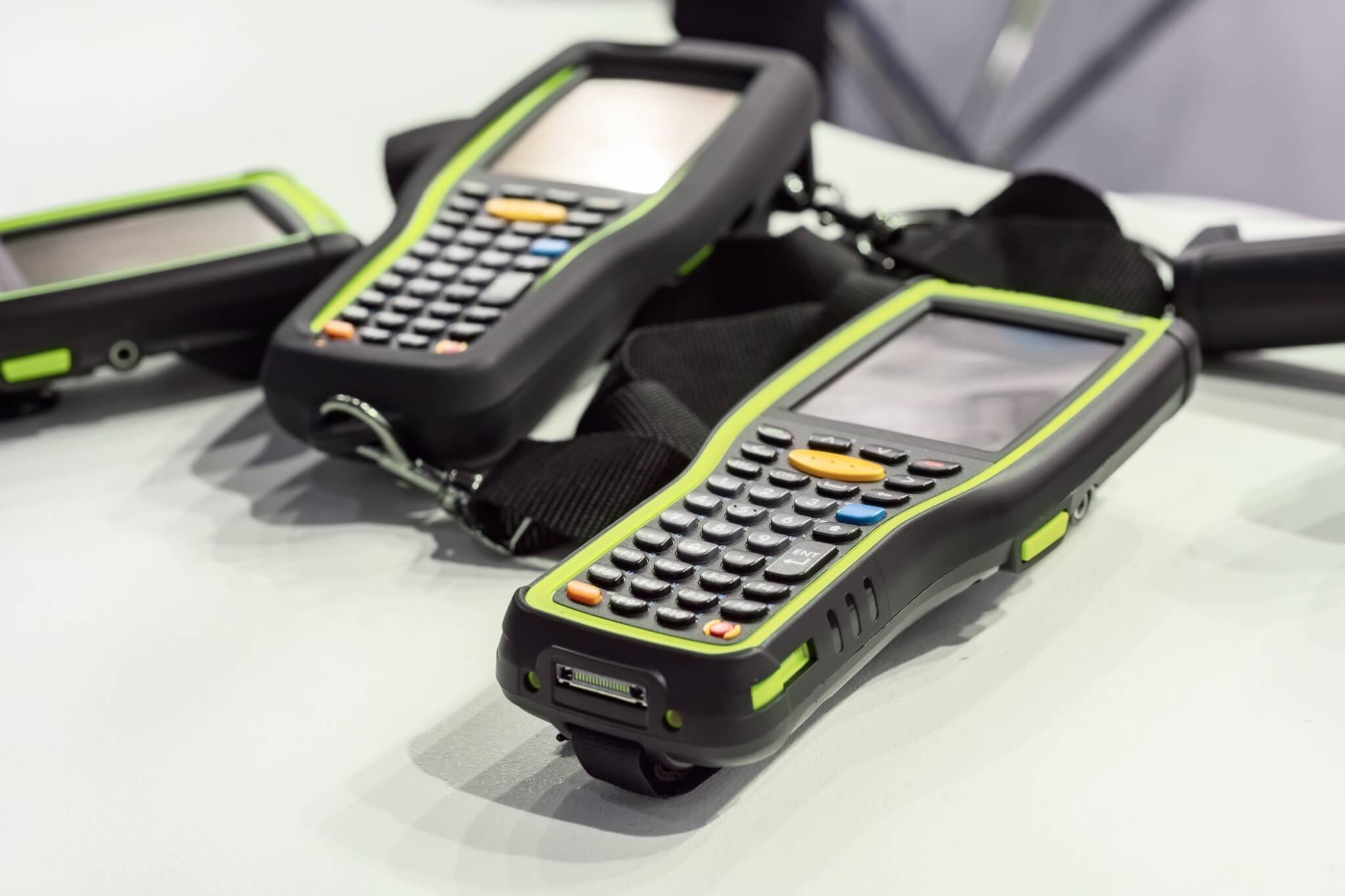Many of us use products every day that were manufactured with an overmolding process. But what is it, and how can your product design benefit? Learn more about this injection-molding process and how the unique properties of overmolding can offer comfort and structure to handheld products or alternatives to traditional gasket construction.
What Is Overmolding?
Overmolding is a unique injection-molding process that results in a seamless combination of multiple materials into a single part or product. Typically the manufacturer will mold a harder thermoplastic such as polycarbonate, polypropylene or ABS. Then that rigid part will get a softer thermoplastic like TPE, TPU or TPR molded onto it, adding a soft material to the more rigid plastic, and providing that seamless combination of soft and rigid materials.

Why Should You Consider Overmolding in Your Product?
Overmolding gives your product a certain high-quality design aspect that is both desirable and functional, offering the structure of a rigid backbone with the less flexible plastic and the tactility of softer thermoplastic. A product such as a handle on a piece of fitness equipment could have rigidity in the handle, but also have a soft grip molded onto that part.
Overmolding also involves less labor and more efficiency. Using our fitness equipment example, if you had a handle and did not overmold it, you would need to mold the rigid plastic part, then separately mold a silicone grip. Then, once you molded those two items, you would need to have an assembly team put the two parts together. Whereas if you overmold the product, all the assembly is done within the injection mold.
Aesthetics may also be a good reason to choose overmolding. The process enables you to have multiple colors on a product, since the rigid and overmolded materials can be different colors and also have different finishes because they are molded in separate steps.
One potential drawback to overmolding is the up-front costs associated with the tooling needed to make an overmolded product. Overmold tooling can be complex and require multiple sets of injection tools, thus increasing the start-up costs. Typically, cycle times on overmolded products are also longer and often require additional time to dial in the injection molding machines and tooling to optimally mold your overmolded product.
Examples of Overmolded Products
Aside from handles on fitness equipment, there are many products that implement overmolding. Many handheld products that have a soft grip on them are overmolded, such as toothbrushes and cleaning implements. Less visible are products like enclosures that have a gasket. Rather than manually assembling a gasket to the enclosure using either a mechanical fit or glue, the manufacturer overmolds the gasket onto the enclosure, forming a more permanent seal.

Types of Overmolding Processes – Traditional vs. Two-Shot
There are two types of processes for overmolding a product.
The first is standard overmolding, where there is an injection mold for the rigid plastic part and a separate mold for the overmolded softer plastic. In this process, the manufacturer molds the rigid plastic parts first. Once those parts are molded, then the manufacturer inserts those parts into the overmold injection tooling to have the soft plastic overmolded onto the rigid part.
The second method of overmolding is using a multi-shot injection mold, where multiple materials are molded on the same machine. Those machines first inject the rigid plastic, allow some time for cooling that part, and then inject the softer material. So when that tool opens up, there is a finished overmolded product. Unlike standard overmolding, there is no need to take the part out of the mold and put it into another mold.
If overmolding is a good fit for your part or product, or if you would like to learn more about how RSP can help manufacture it, reach out to our sales team, who will be happy to provide you with a quote and feedback on the design. Our experience and capability with overmolding can help make your product a reality.

